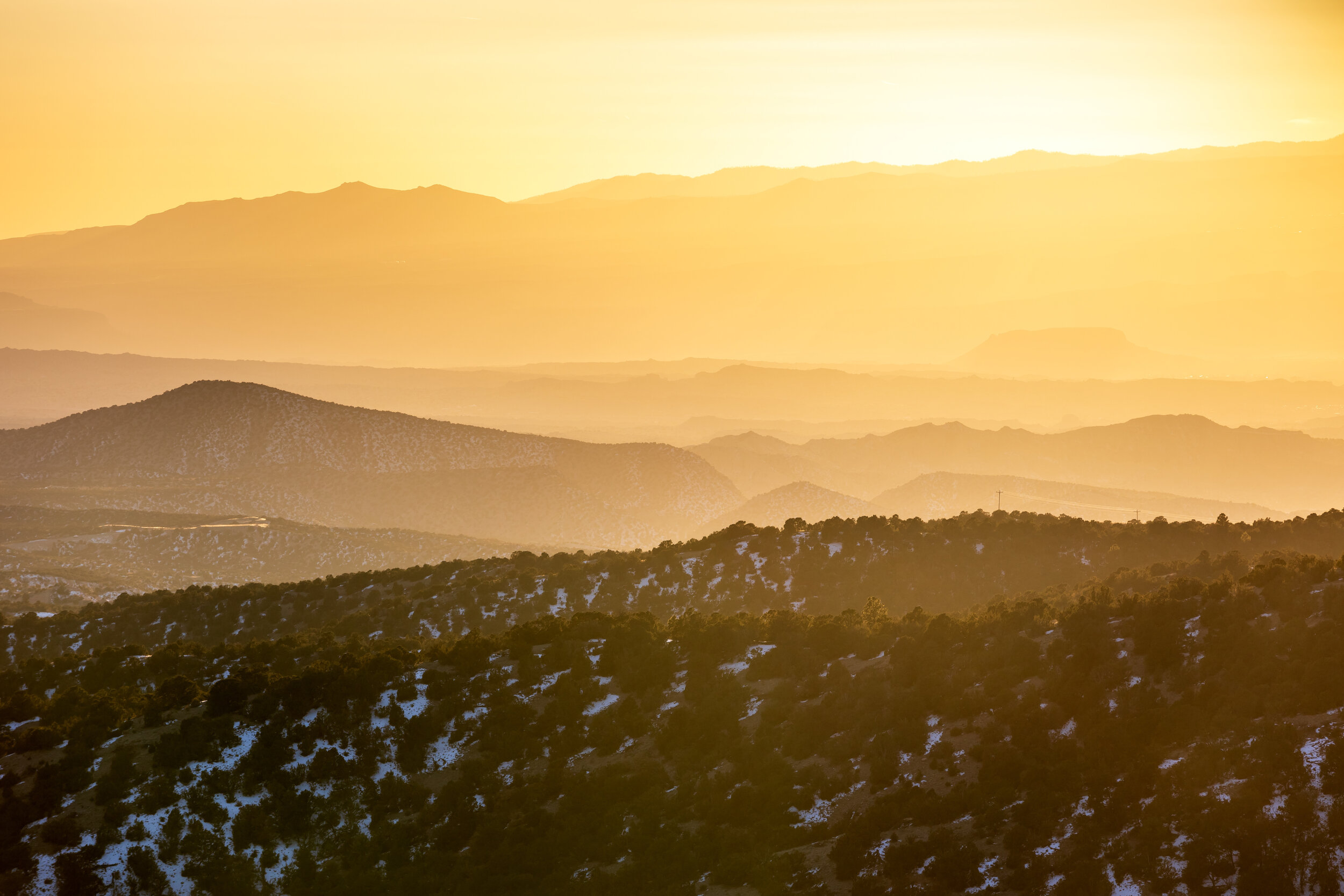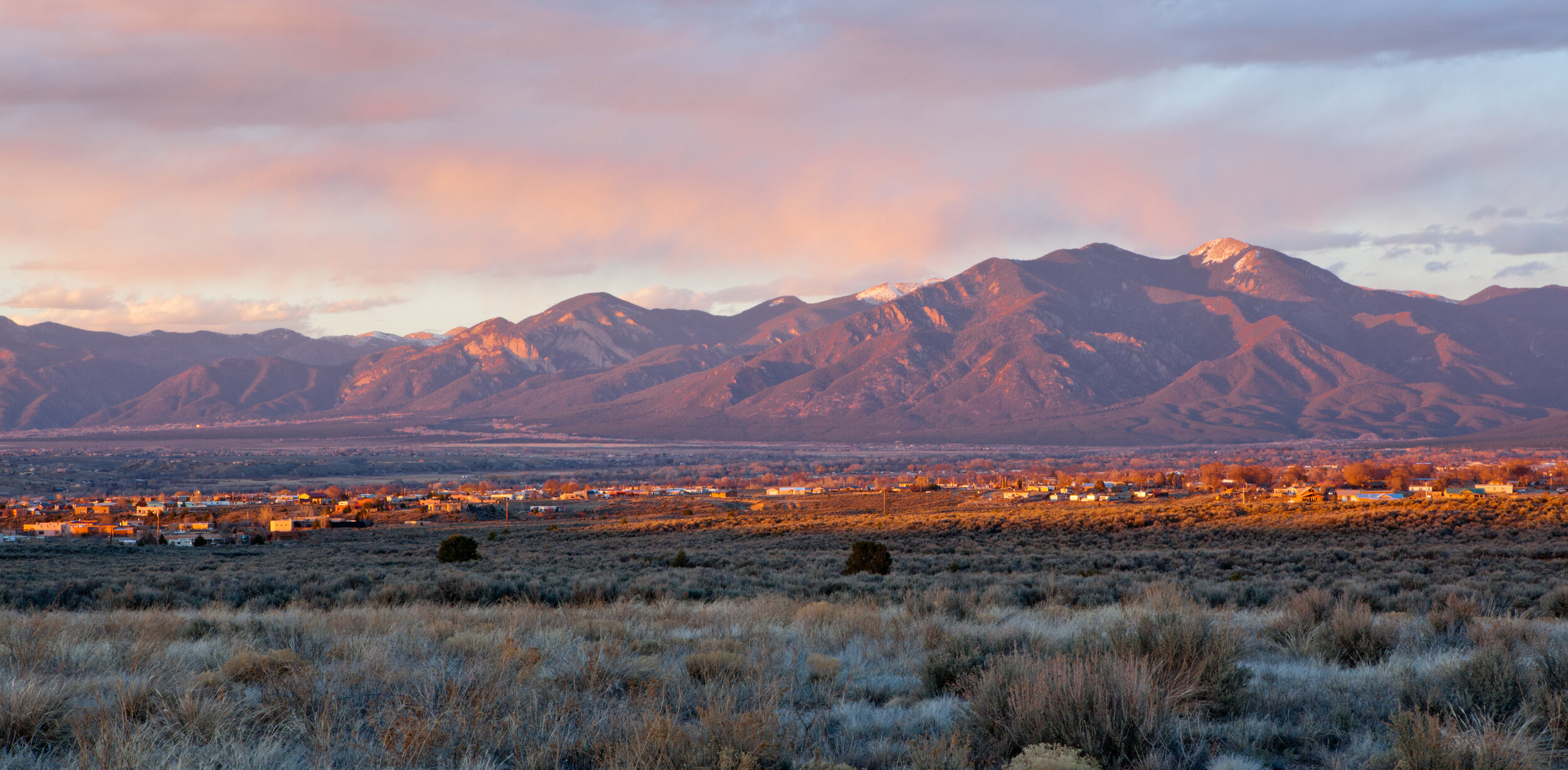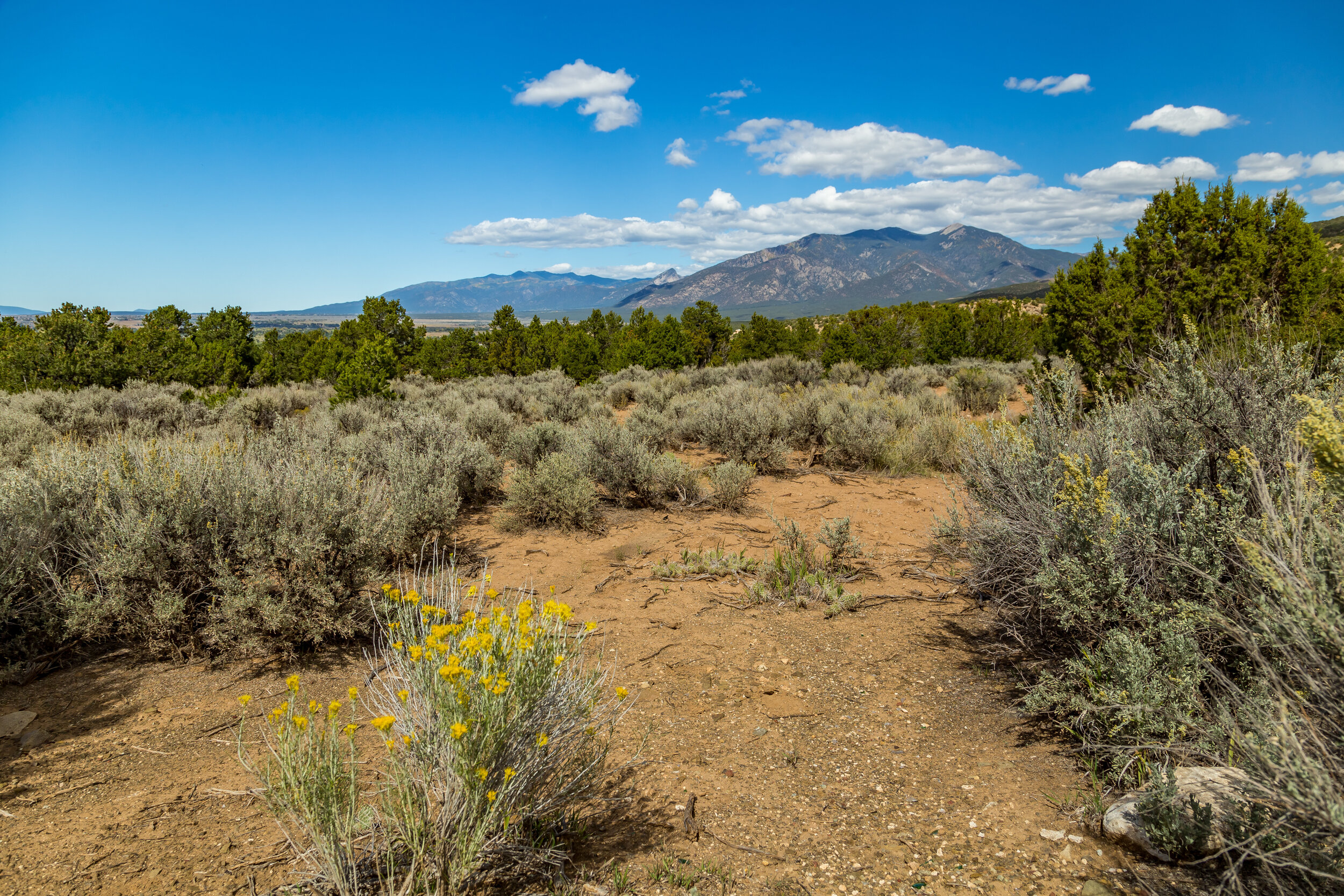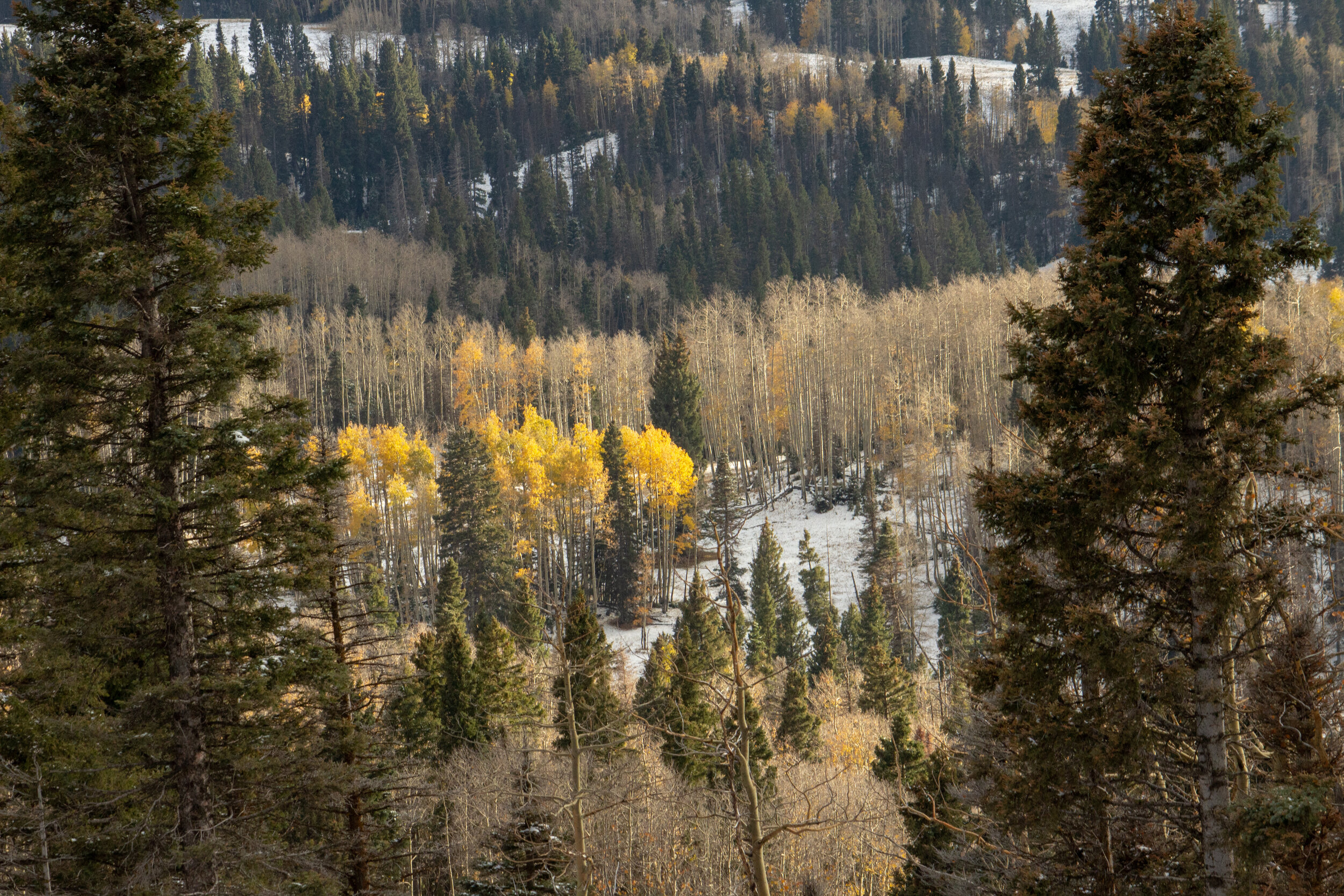
Kit Carson is a rural electric cooperative based in Taos New Mexico. It provides electricity and broadband services to an area a little bit larger than the State of Delaware with the highest average elevation of any U.S. county outside of Colorado.
The area that Kit Carson serves includes the Taos and Picuris Pueblos, four ski resorts, numerous small towns and villages, and a lot of open space. Taos is an art center supporting many practicing artists and numerous galleries, and it is a place that a lot of people choose for their retirement.
But what makes Kit Carson Electric Cooperative so very special is that it has energetically embarked on the transition to clean—emission free—solar and wind energy.

By the end of 2020 local solar arrays will provide energy to 18,500 households in its service area. That will account for around 35% of the total electrical load on the Kit Carson system. It also represents around $80 million of solar infrastructure built in the last three years.
The solar arrays that provide the energy were constructed with local labor and will have a lifetime of 30 or 40 years.

How We Did It – Access to the Market and the Kit Carson Solar Project

Kit Carson had to overcome some formidable obstacles before it could launch its solar project.
The first and most important obstacle was a 40-year contract with Tri-State Generation and Transmission Association, a wholesale energy provider, whose President Mike McGinnis called himself “a coal man” in 2015. Long after it was clear that new coal-fired generation plants did not make economic or environmental sense Tri-State spent millions trying to launch construction of a mammoth coal plant in Kansas. The project was finally dropped in 2017.
Kit Carson’s members wanted more solar and wanted to generate it locally, so the Kit Carson Board decided to extricate itself from its contract with Tri-State. The exit fee amounted to $37 million, but Guzman Energy stepped up and offered to pay the fee in return for a 10 year contract for Kit Carson’s business. Guzman’s wholesale energy price was more than 2 cents per kilowatt hour less than Tri-State’s, so Kit Carson was able to keep its energy price to its members stable while it paid off the exit. Today we are 60% of the way to the point where the fee will be retired and we will be able to substantially lower our energy price to our members. Our community will save $50 million over the life of its contract with Guzman.
Just a word about Guzman Energy. Guzman is an investment bank that recognizes the need to transition to renewable energy. The dramatically falling prices of clean energy make the transition inevitable if the market is allowed to function without propping up fossil fuels and the vested interests that support them. To its great credit Guzman recognized the business opportunity – rapidly falling prices for clean emission free solar and wind energy on the one hand, and steadily worsening climate change on the other. Guzman Energy’s President, Chris Riley, and Chief Operating Officer, Chris Miller, are both graduates of the U.S. Naval Academy. They have a sound understanding of global warming and climate change and the threat they pose to our society.
IN 2016 Kit Carson, with the help of Guzman, launched its Solar Project.
By the completion of its first phase, Kit Carson will have 37 Megawatts of Solar Arrays installed in its service area. On sunny days these arrays will provide most of its electricity. That will leave the transmission lines that supply Kit Carson open for exporting solar energy to other parts of the country. We envision that our community will be a significant exporter of our high-quality solar electricity in the near future.

WHAT IS RENEWABLE TAOS?
Renewable Taos, a group dedicated to making renewable energy a reality for our community, was created back in 2012 when we conducted some studies that uncovered several important facts. Our starting point was the recognition that our entire society must transition to completely clean energy. Even then we felt that 2030 was the target for a 100% transition. That has been confirmed by the Intergovernmental Panel on Climate Change and is a central plank in the Green New Deal.
Our analysis showed that it would take hundreds of millions of dollars to make the transition. We realized that the only way to raise that kind of money was to leverage the buying power of our Electric Cooperative.
The Coop concentrates the energy purchases of all its members amounting to $25 to $30 million per year. Together we realized that, with that kind of buying power, Kit Carson would be able to go out to the marketplace and purchase clean energy, especially when solar and wind fell below the cost of coal and natural gas.
That is called grid parity, and we reached that point in 2016 in sunny New Mexico.

Wind and solar arrays now boast kilowatt hour wholesale prices of 1.5 cents for wind to 2.5 cents for solar in our region of abundant sunshine and wind.
That is one-third to one-half the price of energy from coal and natural gas.
Our predictions from 2012 are being borne out in reality.

We also learned that traditional electricity that powers lighting and appliances represented only around one-third of the energy use in our area. The remaining two-thirds are used for transportation and building heating and cooling. We also have a small amount of industrial and agricultural energy. It all comes from burning gasoline, diesel, natural gas propane, and wood.
Renewable Taos cemented a working relationship with Kit Carson and set to work building public support for the transition to clean energy.
Local generation of solar means local solar infrastructure all of which is being built by local solar companies. That means more employment and skills in the community and an improved economy. Since solar and wind are getting cheaper and cheaper, it will also mean lower energy prices for our entire community.
We went around to all the local governments and passed a Joint Resolution on Renewable Energy which expressed support the 100% transition. In 2016 Bob Bresnahan, one of Renewable Taos’s founders, was elected to the Board of Kit Carson Electric Coop. The Joint Resolution and Bob’s election to the Board helped create the breathing room Kit Carson needed to break from Tri-State and launch its Solar Project.
We Have Become A Model for Other Rural Communities in the Rocky Mountain States

Kit Carson’s model consists of several building blocks and transition phases.
Acquire access to the energy market by gaining freedom from long-term contracts with fossil fuel-oriented companies like Tri-State.
Use that freedom to build local solar generation that will supply up to 40% of your electricity load.
Expand market share by encouraging the transition to electric vehicles and all-electric homes and buildings.
More solar can be installed to meet some of the additional demand.
Acquire access to low-cost wind energy. Eastern New Mexico is a potential wind powerhouse for a large part of the country. The wholesale price for their wind is in the 1.5 cents per kilowatt hour range and will continue to fall. Gaining access to wind may require upgrading the transmission grid, a project we are encouraging.
Develop additional solar resources for export to urban areas using the transmission lines freed up by local solar generation.
Develop energy storage on the grid and gain access to the growing fleet of electric vehicles (EVs) whose batteries can be used for power on the grid while not in use for transport, especially during evening peaks.
“Smarten up” the transmission and distribution grids to bring energy generation and use into greater synchronization. That’s called demand management, which includes turning down demand and increasing supply.
Several large Rural Electric Cooperatives in Colorado are following in Kit Carson’s footsteps and breaking with Tri-State. Each of them are considering partnerships with Guzman Energy, and we foresee a regional alliance of progressive cooperatives working to together in the transition to clean energy.

Where We Are Going

Renewable Taos has established a set of goals for the decade beginning in 2020. Here is a summary of the most important targets.
80% clean energy locally by 2025. This will be split between wind and solar roughly evenly. Both will be backed up with battery storage.
100% clean energy locally by 2028. This will require access over transmission lines to remote locations that can provide wind and solar when our supplies are lowered by cloud cover and lulls in the wind.
250 Megawatts of solar for export to neighboring regions by 2025. This will make us net-zero clean energy. It will require upgrading transmission lines out of our service area.
100% transition to EVs in all our government owned fleets of passenger vehicles, pickups, school buses, garbage trucks, and other service vehicles by 2025. We will develop goals for the privately owned passenger fleets by 2022.
Develop a plan for energy storage by 2022. The first drafts of this plan will be developed in 2020.
Replace fossil fuels in heating and cooling buildings completely by 2030. This will require refurbishing our existing building stock and substituting ground and air source heat pumps for both heating and cooling. Energy efficiency upgrades to existing buildings will be required, and “passiv-haus” like building codes must be enacted for all new building. This can be accomplished with strong leadership from local and state governments.
Develop a plan for resilience that includes forest and water-shed maintenance by 2022. We need to protect the forests from devastating fires which involves upgrading clearance for all electricity lines and vegetation maintenance as a regular discipline. We also need to develop programs for sequestering forest waste instead of burning it.
The transition to 100% clean energy requires electrifying everything and getting all our electricity from emission free sources – water, wind, and solar.
This is a huge project and accomplishing it within a decade will require constant planning and solution of unforeseen obstacles.

We need full engagement and financial support from governments at every level. Elected officials must step up to the plate and get the job done if we are to have any hope of success. This means overcoming climate denialism and increasing government’s role in the transition to cheap clean energy.
We are on an exciting journey and will do our best to report our progress and changes to our plans on our websites – kitcarson.com and renewabletaos.org.

Bob Bresnahan is one of the co-founders of Renewable Taos. He is also a member of the Kit Carson Electric Cooperative, Inc. Board of Trustees. Bob designs custom furniture. He had a career as a business planner and consultant and, as a young man in the 1960s and 70s, he worked for the peace movement. “My daughter taught me that we need to learn how to live without spoiling our planet for future generations.” His wife, Emily Zopf, was also a contributor to this publication before her death on the 37th anniversary of their marriage, on Jan 9, 2020. We are grateful for their combined contributions to The Catalogue and to our world.

